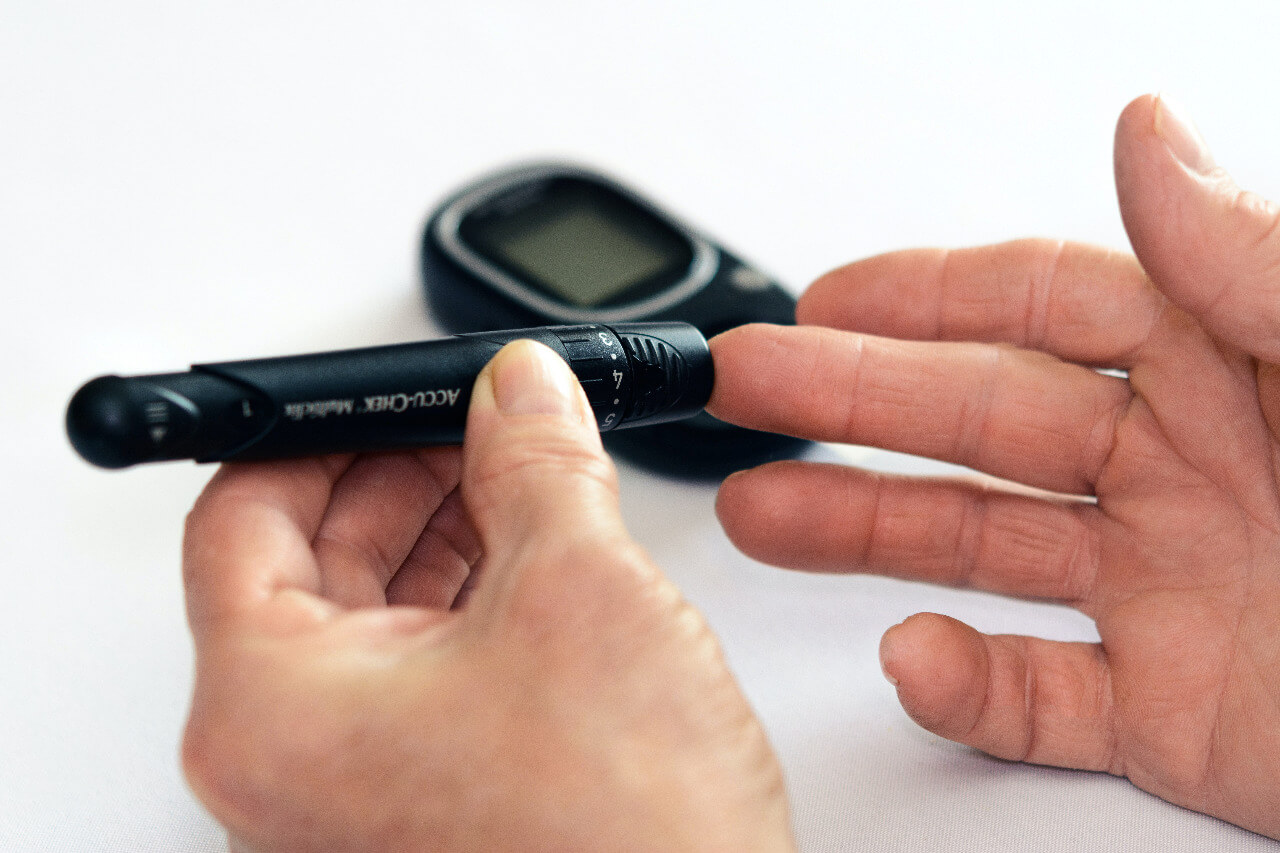No Need to Amputate Your Ulcers, Guaranteed

Diabetic foot ulcers are a form of chronic complications due to diabetes mellitus in the form of ulcerations that affect the lower limbs, with or without infection that can cause damage to the underlying tissues (Apelqvist J, Bakker K, Hotum W, 2008; International Diabetes Federation, 2017). The presence of peripheral neuropathy will cause loss or decreased pain sensation in the leg, so that it will experience trauma without feeling it will cause foot ulcers. Motor disturbances will also result in atrophy of the leg muscles so that they change the fulcrum that causes ulceration of the patient’s feet (Apelqvist J, Bakker K, Hotum W, 2008; Frykberg R, 2006).
The Cause of Diabetic Ulcers
Hyperglycemia that occurs from time to time can cause damage to various body systems, especially nerves and blood vessels, one of the nerve damage (neuropathy) is the loss of distal / leg sensation, increasing the incidence of diabetic ulcers, infection and leg amputation (Frykberg R, 2006). Diabetic foot ulcers often end in amputation and are still a threat to people with diabetes mellitus. Ulcers that do not heal are a risk factor for infection and the main cause of amputation and death (Haryanto, H., Arisandi, D., Suriadi, S., Imran, I., Ogai, K., & Sanada, 2016).
Ozone Therapy for Diabetic Ulcers
Technique for treating diabetes wounds or ulcers aims to maintain the isolation of the wound environment that remains moist so that it helps the wound healing process by as much as 45% and reduces infection complications and residual tissue growth (Ose, M.I., Utami. P. A., 2018) Bagging ozone therapy is one of the recommended methods for treating diabetes wounds. This method is an ozonation method using an ozone bag and wrapping the ulcer on the leg and pumping the ozone gas flow into the ozone bag (Liu J, 2015).
Diabetic ulcer healing can be seen in ulcer conditions before and after bagging ozone therapy with a decrease in the score for each wound severity. Ozone in the right concentration will enter the skin tissue and react with unsaturated fatty acids and water from the stratum corneum which has the potential to lead to the formation of ROS (Reactive Oxygen Species) and lipooligopeptides (LOP) which occurs due to oxidative metabolism in the body and partly absorbed through the capillary veins. and lymphatics. Ozone increases the topic effect and systemic effect, the topic effect occurs when ozone reacts with the tissue to increase the hydrogen peroxide LOP thereby increasing the antioxidant response.
Also read : Types of Ozone Therapy With Their Benefits
The results
This antioxidant response inhibits the inflammatory response and improves wound healing mechanisms. Agosti’s (2016) study showed that patients with signs of inflammation for 2 months and who had been treated with modern dressing after being modified with ozone therapy within 5 weeks of treatment, the wounds became healed (Agosti, 2016). The results of this study are also supported by research by Rosul (2016) that the use of ozone therapy has a clinical effect that is shown to significantly affect the phase of wound healing, as an antioxidant and reduces hospital stay in the treatment of patients with diabetic foot ulcers (Rosul, MV & Patskan, 2016). ). Wainstein et al., (2011) compared the treatment of diabetic foot ulcers using ozone therapy and placebo, in 18 patients with diabetes with a significantly higher wound closure rate (81% vs 44%) of 100% total wound closure compared with 50% wound closure. occurred in the placebo group, that is, the group that did not receive ozone therapy.
If you have family or colleagues who need diabetes wound care, bagging ozone therapy can be done at Mr.Chai Traditional Healer at an affordable price. The sooner the wound is handled and treated, the better the results will be obtained and amputation can be avoided. If you have questions about your health, please contact us at our consultation service.
This article is supported by scientific journal’s result from :
Agosti, I. (2016). Effectiveness of a short-term treatment of oxygen-ozonetherapy into healing in a posttraumatic wound. Hindawi Publishing Corporation Case Reports in Medicine
Apelqvist J, Bakker K, Hotum W, S. N. (2008). Practical guidelines on the management and prevention of the diabetic foot. Diabetes Metab Res Rev, 24(1), 181-187.
Liu J, Zhang P, et all. (2015). Ozone therapy for treating foot ulcers in people with diabetes. Cochrane Database of Systematic Reviews, (10).
Ose, M.I., Utami. P. A., D. A. (2018). Efektifitas Perawatan luka Teknik Balutan Wet-Dry dan Moist Wound Healing pada penyembuhan Ulkus Diabetik. Journal of Holistic Health, 1(6), 101–112.
Rosul, MV & Patskan, B. (2016). Ozone therapy effectiveness in patientswith ulcerous lesions due to diabetes mellitus.Wiad Lek, 69(1), 7–9.
Wainstein J., et al. (2011). Efficacy of ozone–oxygen therapy for thetreatment of diabetic foot ulcers. Diabetes Technol Ther, 13(12), 12551260